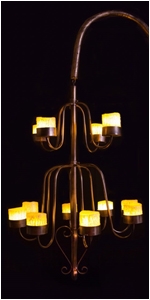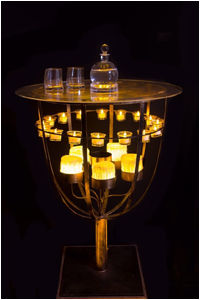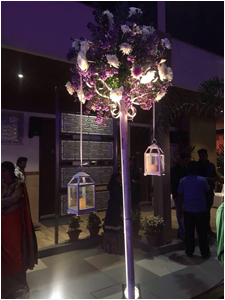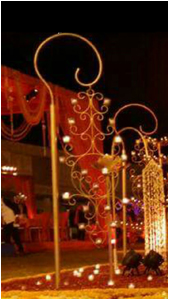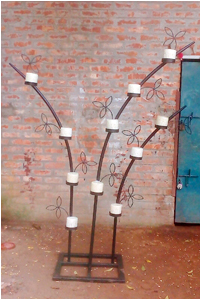 |
|
|---|
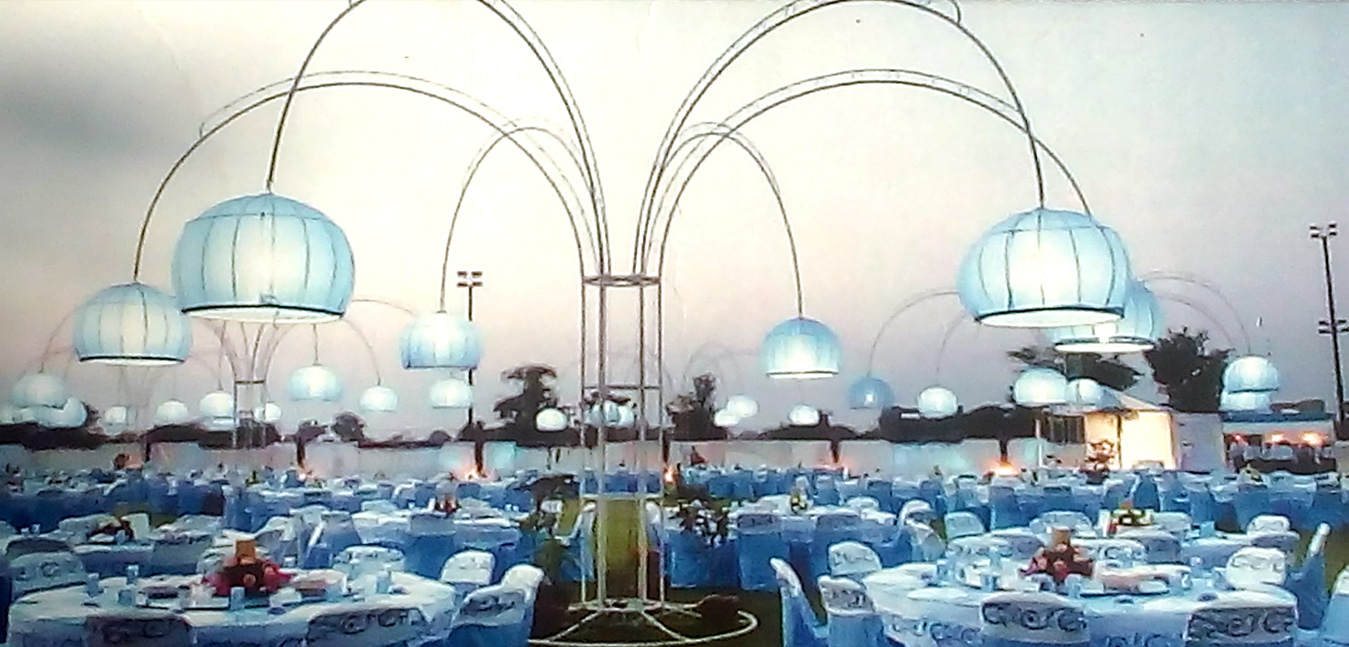
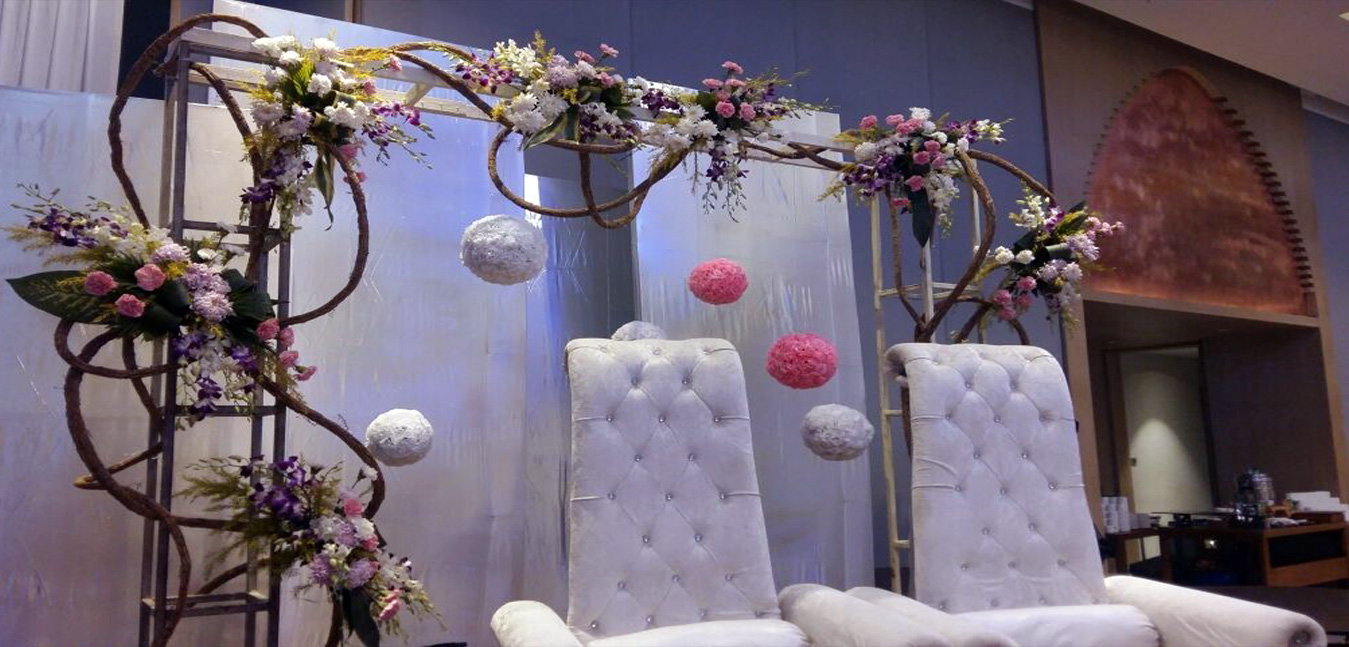
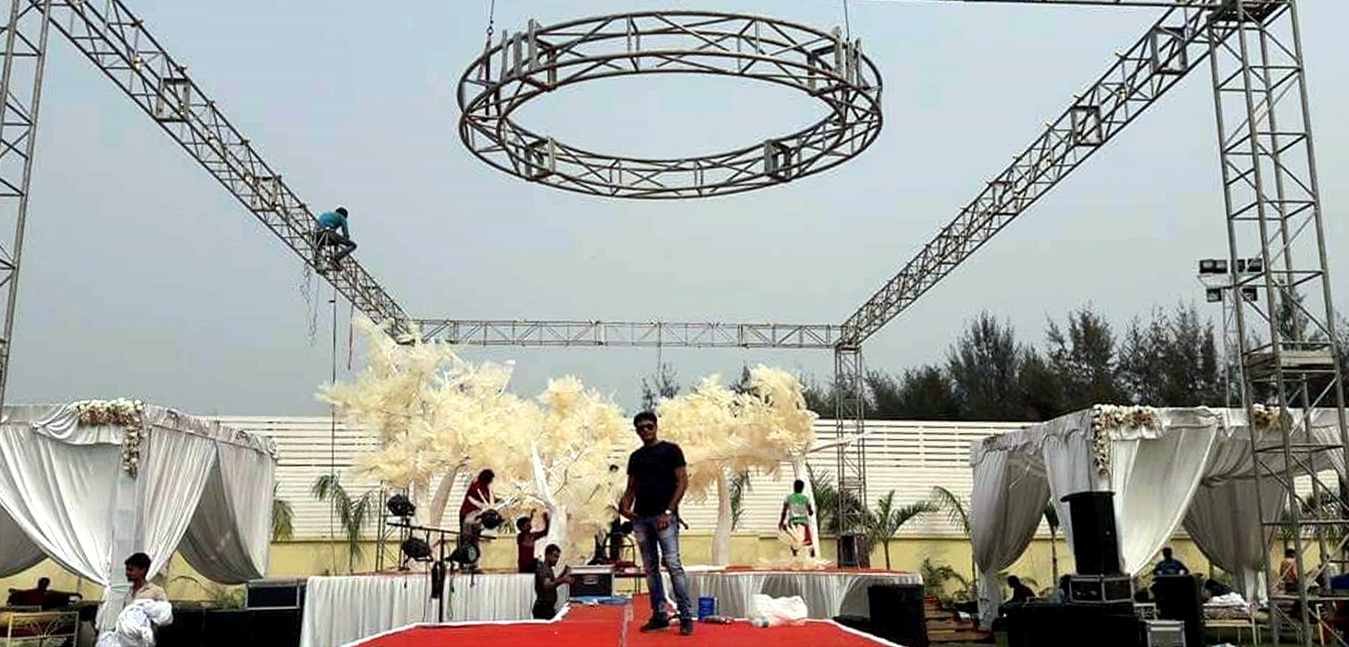


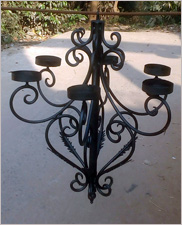 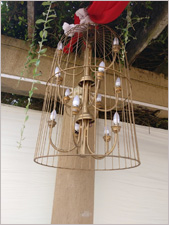 The development of construction methods in iron and steel was the most important innovation in architecture since ancient times. These methods provide far stronger and taller structures with less expenditure of material than stone, brick, or wood and can produce greater unsupported spans over openings and interior or exterior spaces. The evolution of steel frame construction in the 20th century entirely changed the concept of interior and exterior construction. The development of construction methods in iron and steel was the most important innovation in architecture since ancient times. These methods provide far stronger and taller structures with less expenditure of material than stone, brick, or wood and can produce greater unsupported spans over openings and interior or exterior spaces. The evolution of steel frame construction in the 20th century entirely changed the concept of interior and exterior construction.The steel frame has a profound impact on the exterior appearance of buildings, which no longer relies on load bearing masonry. The steel “skeleton” could simply be clad in a variety of other materials. Steel trusses also allow the construction of buildings with mighty internal spans. 90% of all metal that is refined today is iron. Iron’s toughness, resistance to harsh conditions and strength make it suitable for hard tasks. Adding iron to the construction gives strength and durability to the construction. It can withstand the environmental wear and tear for long. The ductile strength and hard of iron gives them strength to bear heavy weight. Advantages of Iron and Steel Structures –
|
|||||||||
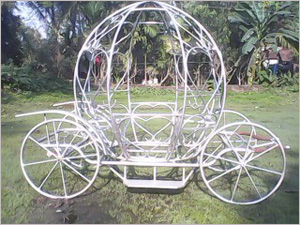 |
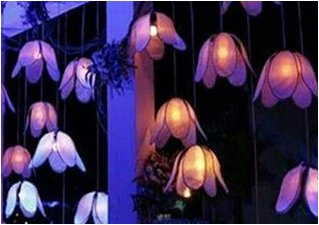 |
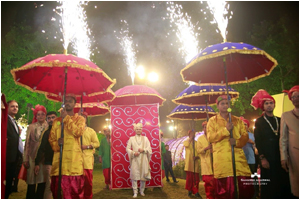 |
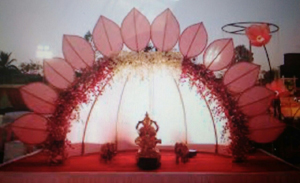 |
||||||
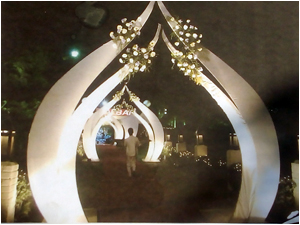 |
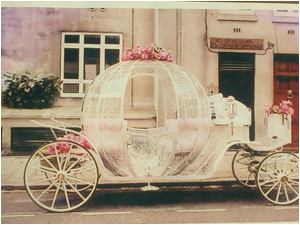 |
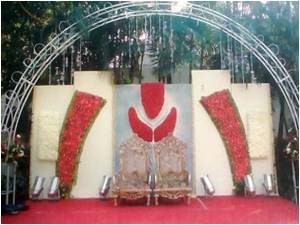 |
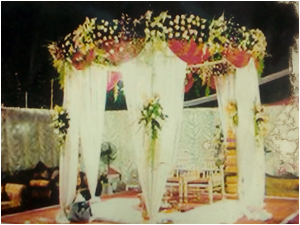 |
||||||
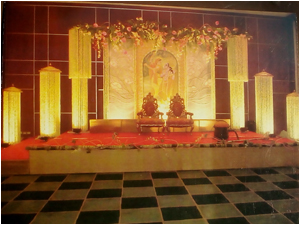 |
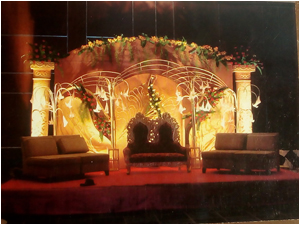 |
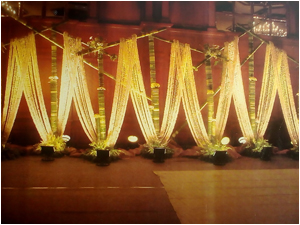 |
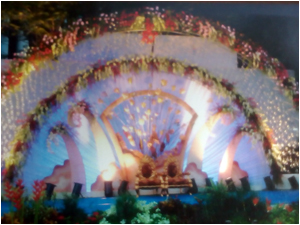 |
||||||
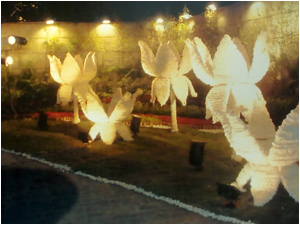 |
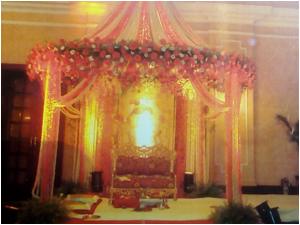 |
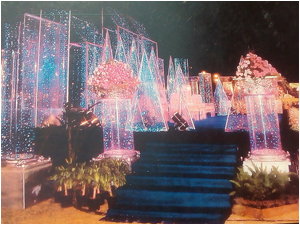 |
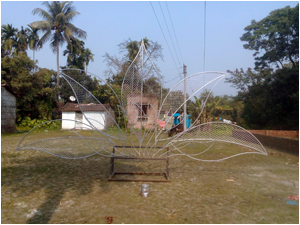 |
||||||
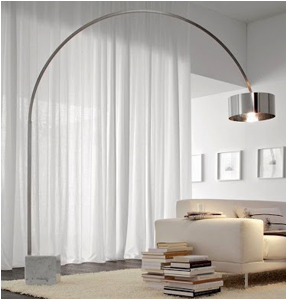 |
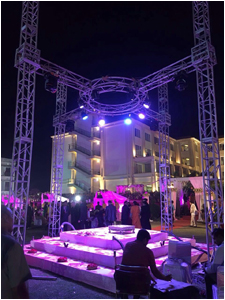 |
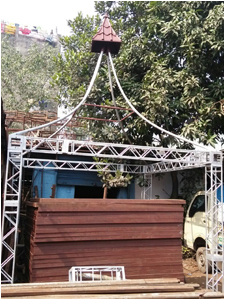 |
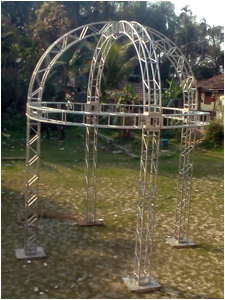 |
||||||
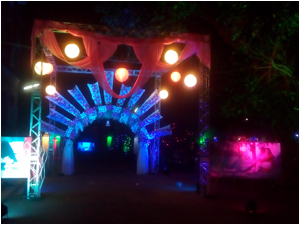 |
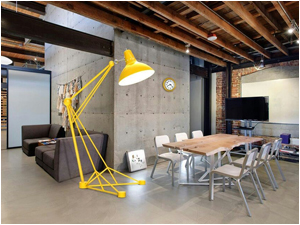 |
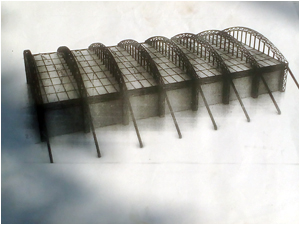 |
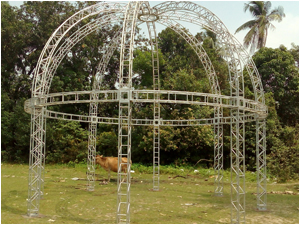 |
||||||
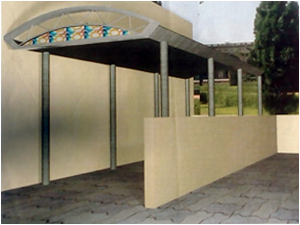 |
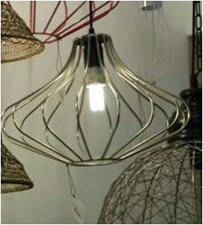 |
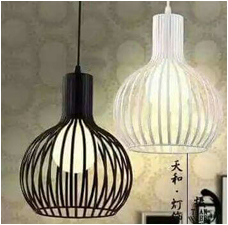 |
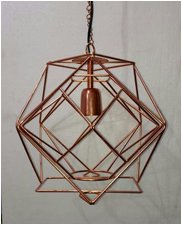 |
||||||
|
|||||||||
Home I About Us I Iron & Steel Structure I Photogallery I Contact I Feedback
Site Powered By : www.calcuttayellowpages.com
